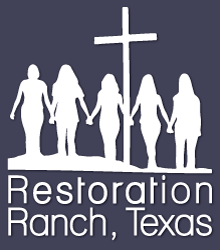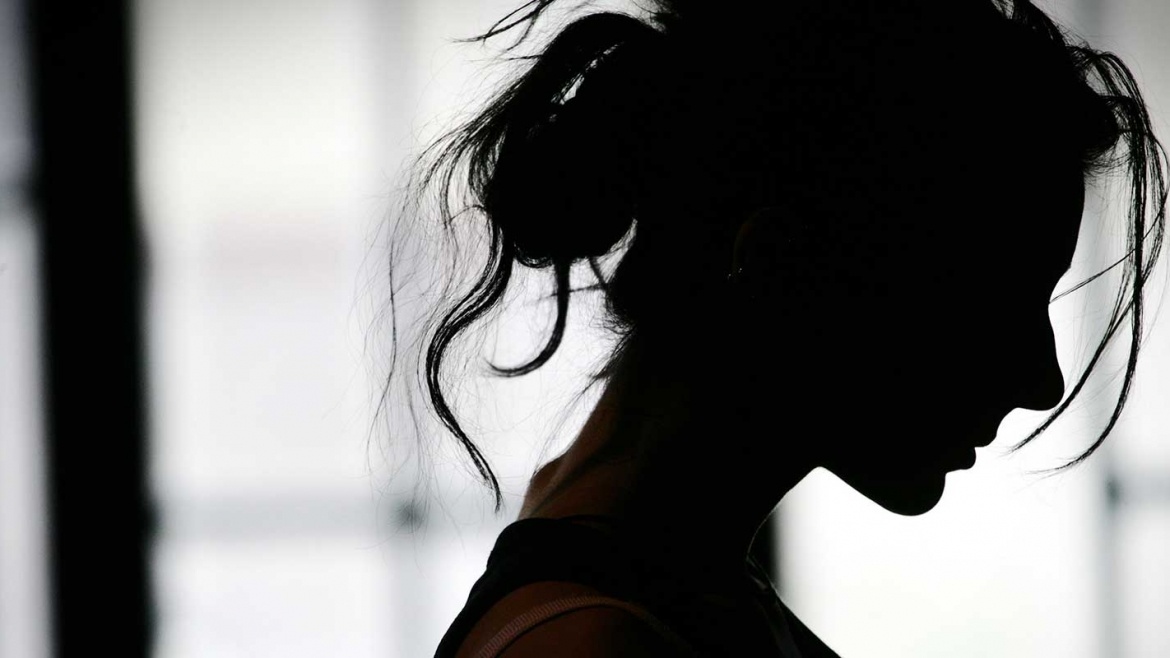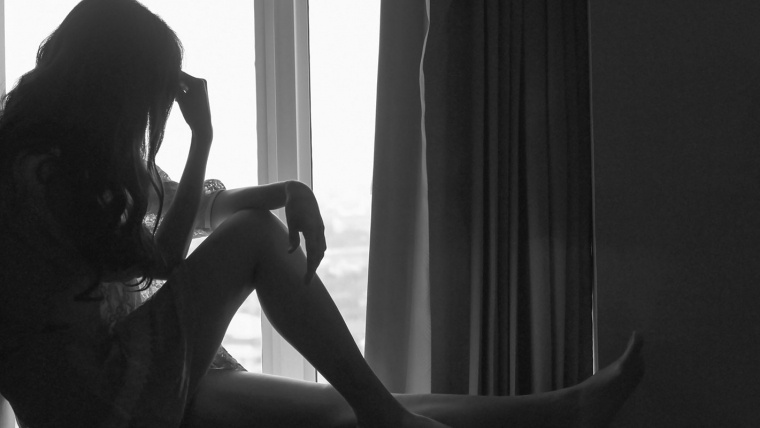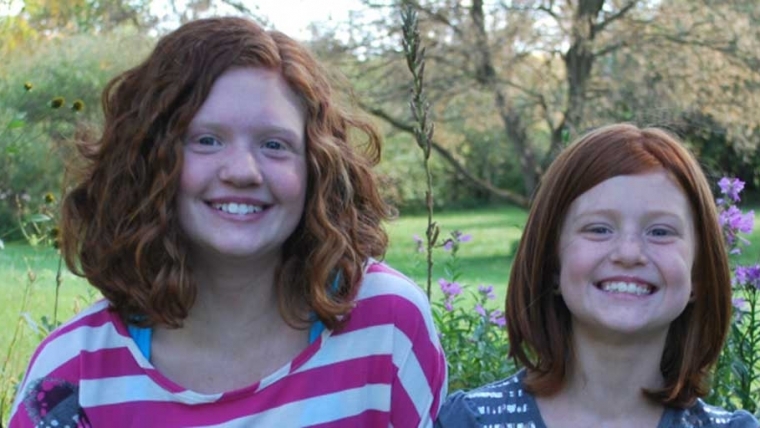By Diana Heinz
Women’s issues abound in today’s society. Working and raising children alone, dating in a cyber world, the glass ceiling, equal pay for equal work, women’s rights, and humanitarian issues, are only a few of the leading topics, in the discussions about things that are important to women today (DuBois & Dumenil, 2005). What seems to be forgotten, or is at least, rarely spoken of, is the issue of women in prison, and why the numbers are rising, at such an alarming rate (Sabol, Couture, & Harrison, 2007).
The American prison population is the largest, in the free world (Bartollas,). Yet, America is still considered, to be the land of the free! How do we maintain our position, as the supporter of individual freedom, when we imprison more people than any other nation, in the Western world (Bartollas)? Hmmm, how does that work? The Bureau of Justice Statistics reported that, one of every fifteen people will serve some type of sentence, in a county, state or federal facility, at some point in their lives (2008).
This is why, the most alarming statistic, is the growth of the women’s prison population. The Women in Prison Project, developed by the New York Correctional Association, has published a fact sheet, demonstrating that the number of women in New York prisons alone, increased by 645 percent between the years of 1973 to 2007 (this is not a typo). Truthfully, this is more than a drastic increase, which supports the contention that this has become a critical women’s issue, in today’s world. These women are daughters, sisters, wives, and most importantly they are also mothers, who are trying to raise their children, many of them alone. This fact adds to the crisis of the issue; where do these children go when their mother is arrested and incarcerated? Logically, many of these children will go to the parents of the women, who are arrested. Unfortunately, these are the same parents that abused or neglected the mother, sending her into early parenthood, confusion, low self esteem, and drug use/abuse, to nullify the pain of her childhood memories (Kail & Cavanaugh,). Now these displaced children, will face the same dysfunctional situations that their mother’s faced, as they grew up (Kail & Cavanaugh,). Why do the courts believe that a person, who failed their own child, will succeed with a grandchild? Ideally, these grandparents have matured, learned from their errors, and improved their parenting skills, before their grandchildren are placed in their home. However, many of them have not changed, and still exhibit the same dysfunctional parenting methods, they used with their own child (Kail & Cavanaugh,). Consequently, the courts must develop a follow up system, to consistently monitor these displaced children, if a repeat of the problems that led the mother to her criminal activities is to be avoided. The Women In Prison Project, reports that more than 70 percent, of these women are incarcerated for non-violent, drug or property crimes; rather than for a violent, life threatening offense (2007). Consequently, these women are not a danger to the community, in reality; they are more of a danger to themselves, and the children they are trying to bring up, with or without, their fathers. Rather than putting these women into cages, and putting the children into risky situations, including foster care, or group homes; it makes more sense, to provide education, vocational training, life, and parenting skills, to insure their success as parents, and productive members of the community (Kail & Cavanaugh,). Unfortunately, the prison system today, does none of these things. Today’s prisoners, are warehoused and contained, until their release date, at which point they are returned to society, many of them with no supervision of any kind. It is to this end, that prisoner release and after-care programs are critical. It is difficult to understand, how society seems to expect that upon release from prison, these women are going to be miraculously cured; no longer suffering from drug dependency or low self esteem issues. Society appears to imagine, that these women, will suddenly have the skills, to insure that they can obtain the kind of productive employment that was not available to them, when they were arrested and convicted. Does society truly believe that the punishment of living behind bars, where the women will be faced with unimaginable trauma, and isolation; will suddenly eliminate all of the pain, memories, trials, and tribulations that they endured in their childhood; and that they will miraculously become productive adults when the prison gates swing open? It is said that the true test of sanity is when a person continues to do the same thing but expects a different result each time. Is this not what is happening, when society continues to incarcerate offenders, teaches them nothing, and then releases them back into society in the same or worse condition, than they were in at the time of their first arrest? Taking a look at what changes, when a woman is sentenced to prison, might help answer some of these questions? The reality is, they lose their children, their homes, any job they might have had, and any property they might have owned, and then they experience isolation, greater than most people, can even imagine (Bartollas). It is difficult, at best, to imagine the brutality, loneliness, and sense of loss that a woman faces, when they are incarcerated (Bartollas). Does it really make sense to believe that these things will cure addiction, provide education and life skills, or teach quality parenting skills to these women? No! Sentencing someone to serve time in a prison facility, does nothing to create rehabilitation, or produce restitution, to their victim (Bartollas). It does provide them with very valuable lessons, in cruelty, better criminal methodology, and creates an anger that is often vented on the children, that they reclaim upon their release (Roberts). What this does is create yet another generation of American’s who will turn to drugs, alcohol, and violence to shield themselves from their painful past. Why does this matter? Many more children are affected, displaced, and separated from their custodial parent, when a woman goes to prison, than when a man is sentenced to serve time (NY Correctional Association,). The Women In Prison Project states, that only about “44 percent of the men who are incarcerated actually lived with their children, at the time of their arrest” (NY Correctional Association; pg.1). It is not a good situation, for the children of any convicted felon, but more children are affected by the imprisonment of a mother, than by the incarceration of a father (NY Correctional Association). If the released offender does not have family waiting, and willing to take them in, and give them a place to live, they could be in serious trouble. Most offenders are released, with a “kick out” fund, of one hundred dollars. They are expected to make this money last; until they find a job, shelter, food, and clothing and to support their daily needs, until they can earn their first paycheck. Anyone who has paid a month rent, gone grocery shopping recently, or tried to get a telephone and electricity turned on, knows how impossible it is to survive, for even one week, let alone the standard two weeks, to a first paycheck, on one hundred dollars. It simply cannot be done. Consequently these released offenders are often expected to live in homeless shelters, seek assistance on the street, beg for change, or stand in line at a soup kitchen, just to eat, until they can find work, and earn a paycheck. Not to mention that finding work, with the label of “felon,” is harder than just finding work, in today’s unstable economy. How is this mother supposed to reclaim her children when she cannot care for her own needs? How does she shelter and feed them, even if she can get them back? What choice does she have? Many times the only choice that these women see is to return to their criminal activity, and the cycle begins again. How does society expect these women to be proper mothers, care for their children, and stay away from the drugs that numb the feelings of hopelessness and loss when they face these conditions upon their release? If there is any hope of keeping these women from just returning to the life of drugs, abuse, and crime that they were living when they were arrested, there has to be a program designed to keep them free. This program must teach them basic life skills, educate them, show them ways to earn a living that does not involving criminal activity, and teach them how to handle the responsibilities of parenting, so that their own children do not follow in their footsteps. This is a serious women’s issue requiring immediate attention. Everyone must become involved in the community corrections programs, donate their time and services to mentor and teach these women a better way. Without programs of this nature there will never be any hope, of dropping the currently out of control rate of incarceration; of America’s daughters, sisters, wives, and mothers. Supporting community corrections, lobbying for better community assistance programs, and helping after-care facilities to acquire the funding and the residences needed to help these women is a full time job for many, and there is still not enough help to make any difference. This article is a challenge to all women, can you help? Can you give a few hours a day to mentor another woman, can you teach someone how to work in a productive environment, or can you teach cooking and parenting skills? If so, then yes, you can help. References: Bartollas, Clemens (2002) _Invitation to Corrections_ Allyn & Bacon, A Pearson Education Company; 75 Arlington Street, Suite 300; Boston, MA 02116 Bureau of Justice Statistics (2008) _Criminal Offenders Statistics_ Summary findings From Corrections facts at a glance; retrieved May 1, 2008; located through search Correctional Association of New York (2007) _The Women In Prison Project_ DuBois, Ellen C. & Dumenil, Lynn (2005) _Through Women’s Eyes: An American Kail, Robert V. & Cavanaugh, John C (2007) _Developmental Psychology_ Thomson Roberts, Melinda (2005) _Introduction To Psychology_ Kaplan University Online Sabol, William J, Ph.D., Couture, Heather, & Harrison, Paige (2007) _Prisoners In Siegel, Larry J. & Welsh, Brandon C. (2005) _Juvenile Delinquency: The Core_ (2 nd U.S. Census Bureau (2008) _Population Clocks; U.S. and World_ located on the
of Bureau of Justice Statistics summaries, retrieved from main site located at
ojp.usdoj.gov/bjs/welcome.html; the summary page can be located at
Developed by the Correctional Association of New York; 135 East 15th Street;
New York, NY 1003; retrieved on May 1, 2008; through Google Search; from
correctionalassociation.org/WIPP/publications/Women_In_Prison_Fact_Sheet_2006pdf
History_ Bedford/St. Martins; A Pearson Education Company; 75 Arlington Street;
Boston, MA 02116
Wadsworth; 5191 Natorp Boulevard; Mason, OH 45040
Manual for Psychology Course in CJ program; 6409 Congress Avenue; Boca Raton,
FL 33487; 1-866-522-7747
2006_ Bulletin prepared for Bureau of Justice Statistics; authors are BJS statisticians
Retrieved May 1, 2008; Bulletin number NCJ 21916; released December 2007;
Located through Bureau of Justice Statistics site search “women in prison”
From: ojp.usdoj.gov/bjs/pub/ascii/p06txt; main site located at:
edition); Thomson Wadsworth, a division of Thomson Learning Inc; 10 Davis Drive;
Belmont, CA 94002-3098
U.S. Census Bureau Sources of Population Information page; retrieved on May
23, 2008 from; census.gov/population/www/ from the main page
If you are interested in learning more please contact Bridge To Tomorrow at 239-470-1856. Or you can visit their home page and read more facts on My Space @ http://myspace.com/bridge_to_tomorrow If you need information or can help you can contact the Program Director, Diana Heinz at [email protected] .
Article Source: http://EzineArticles.com/expert/Diana_Heinz/215581Learn How Restoration Ranch, TX Can Help Restore At-Risk Women





